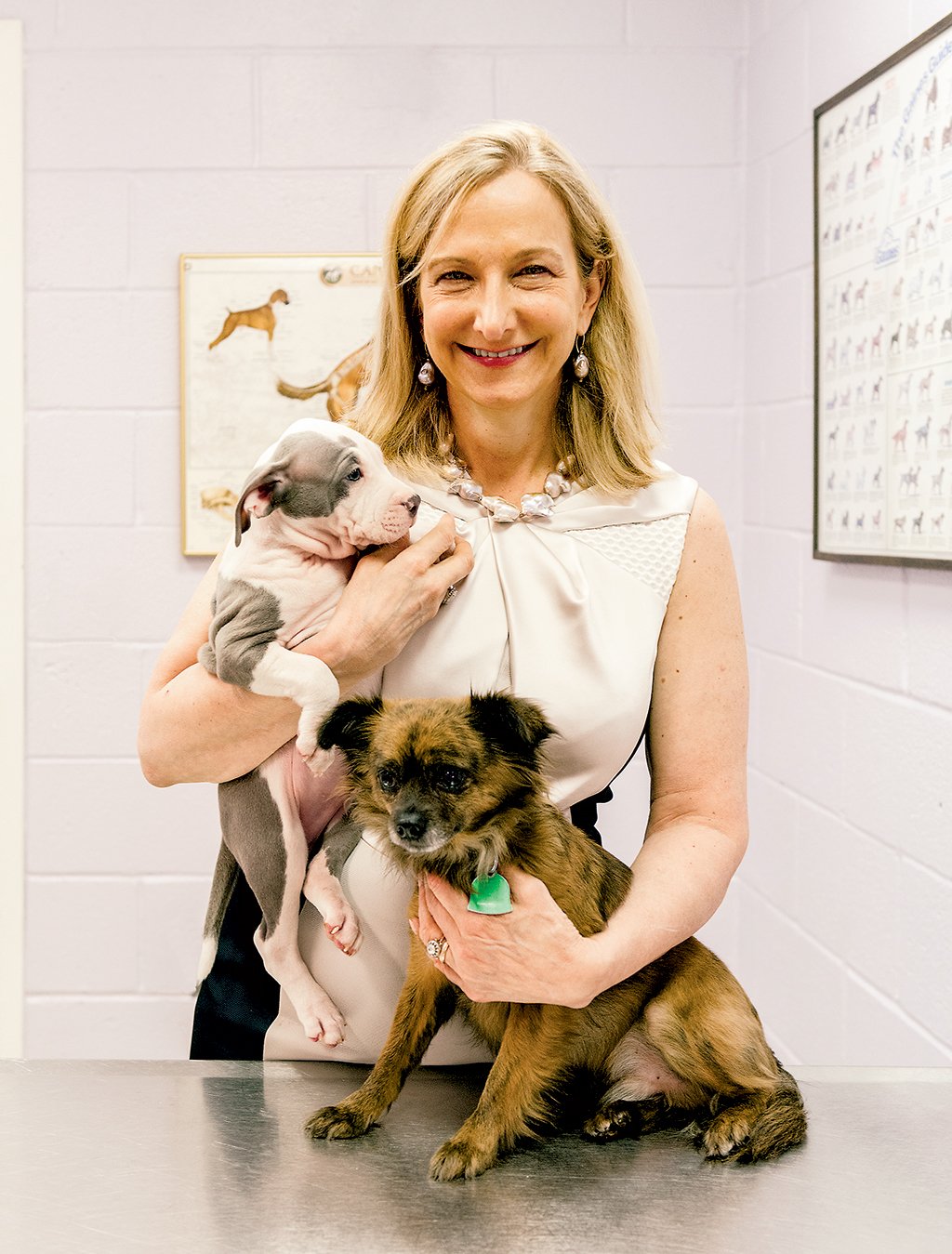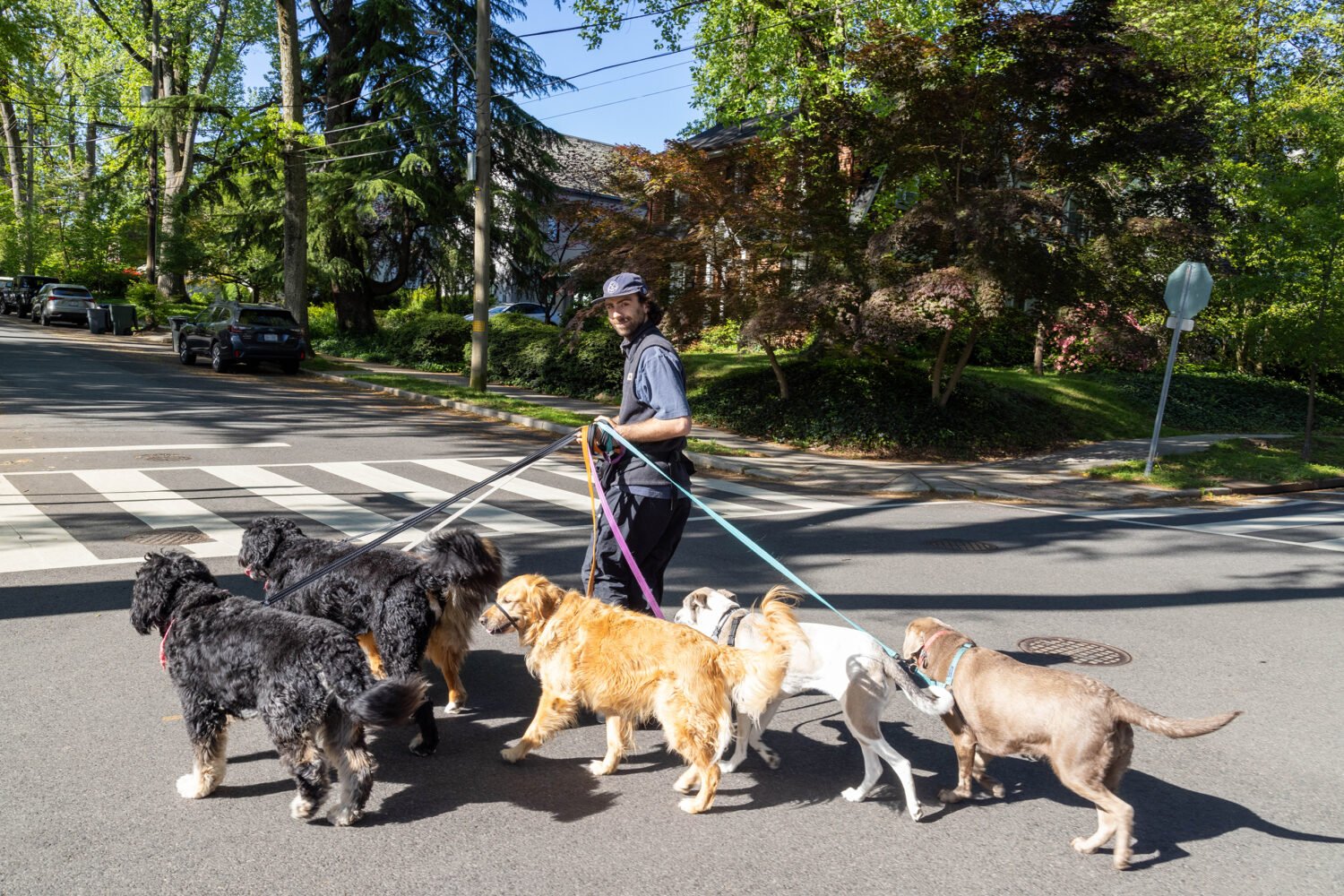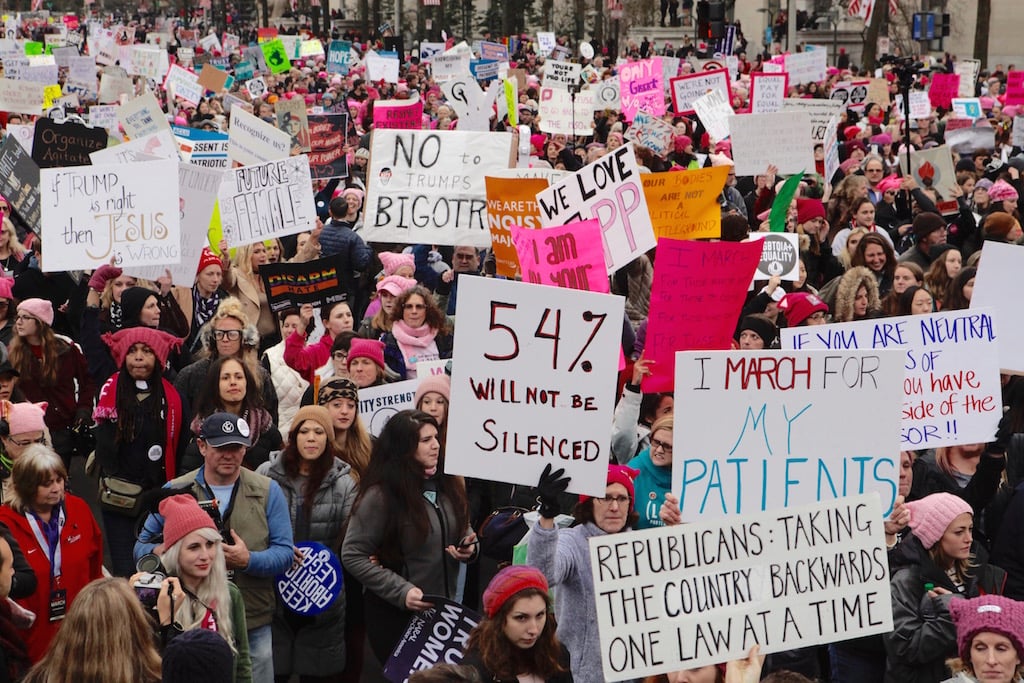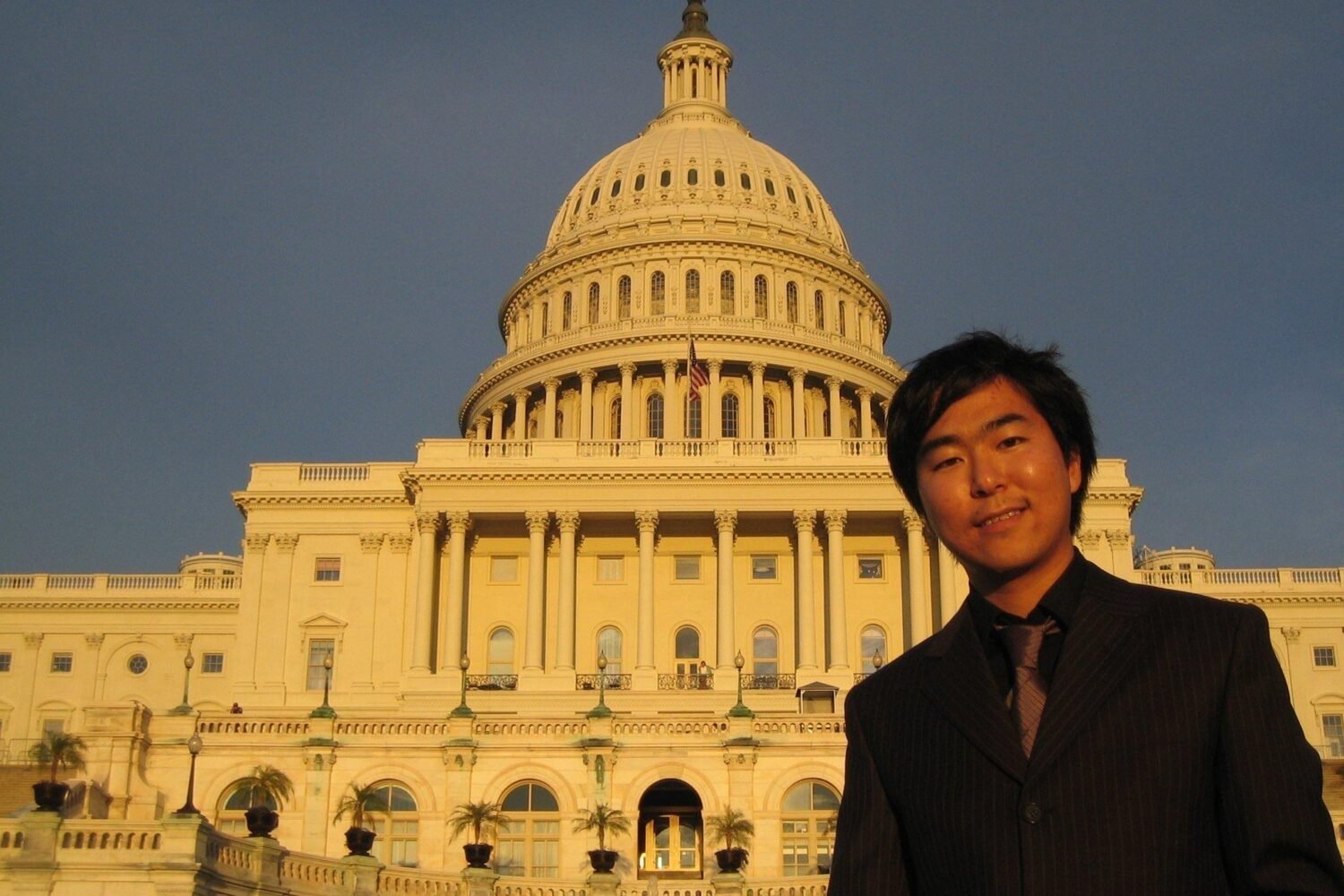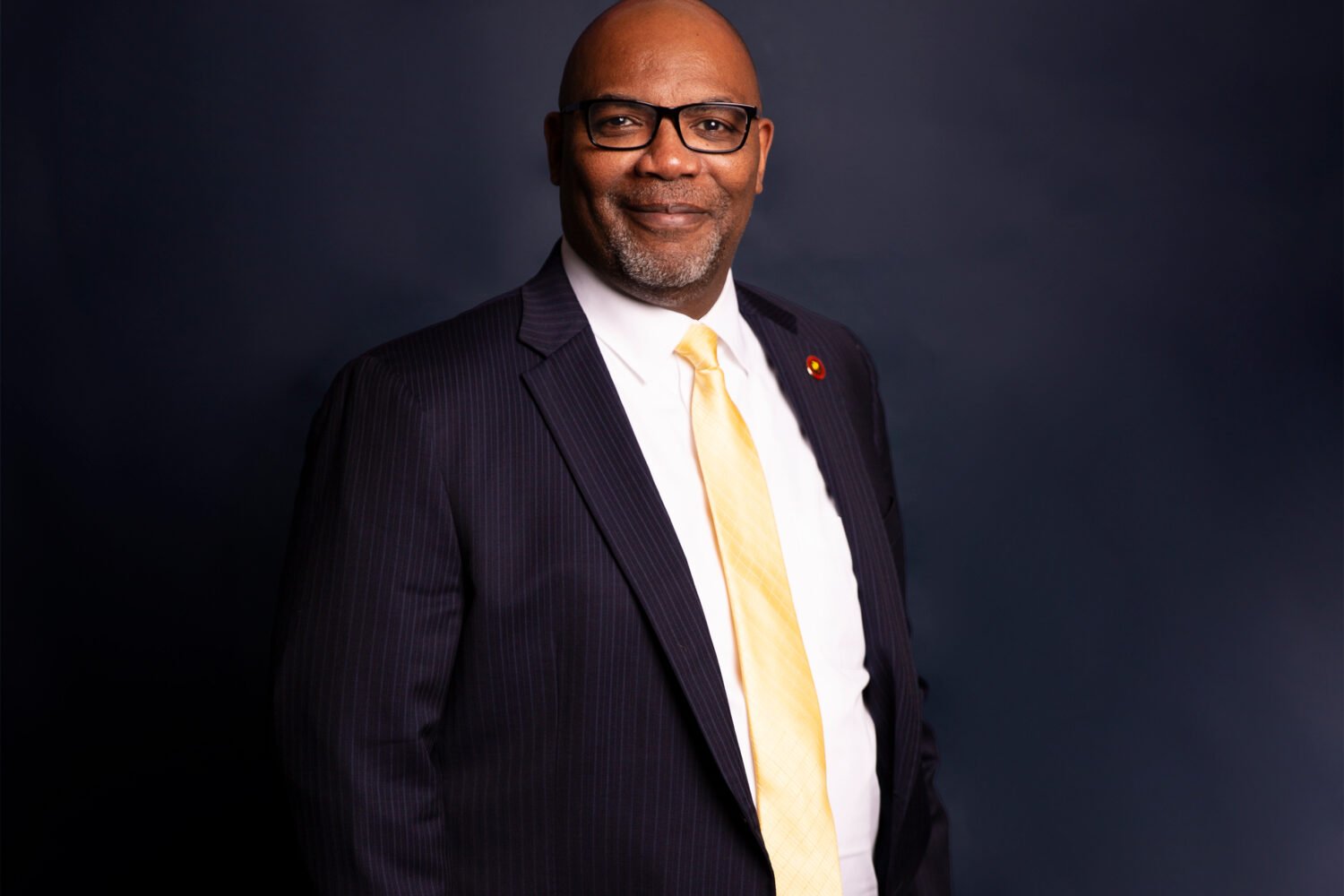The Washington Humane Society shelter, a District-owned building on New York Avenue, Northeast, looks every bit the old-school pound—concrete floors, chain-link cages, lots of barking dogs. Washington Animal Rescue League, near Manor Park in Northwest DC, feels like a pet spa—soothing music pipes in, a miniature waterfall gurgles, quiet dogs relax in frosted-glass enclosures.
If that’s all you know of the two groups, the decision they made in February to merge—into an organization whose scope is unmatched by any other humane society in a major US city—might seem odd. But the outward differences don’t indicate philosophical ones. Both were longtime local institutions: The Washington Humane Society was founded in 1870, the Washington Animal Rescue League in 1914. Both boasted low euthanasia rates, with each saving roughly 90 percent of its animals. And they worked together for years, with WHS often sending dogs and cats to WARL when it was over capacity.
What one lacked, the other tended to provide: WARL had the beautiful space and a veterinary hospital, for instance, while WHS had the staff to investigate cruelty cases and aid wildlife. The latter was the larger of the two organizations, caring for 51,000 animals annually, compared with WARL’s 11,000. Of the combined groups’ $14.5-million budget, $9 million came from WHS.
Though each side’s financial reports suggest stability, the merger bore economic benefits for both: WHS brought its $3.3-million city contract to run animal control and operate as the District’s “open-access shelter”—meaning it takes any stray or owner-surrendered pet that comes through the door. (Use of the New York Avenue building comes with the contract, too.) WARL had office space to spare, so WHS gets to end the lease on its administrative building. It will also sell two Georgia Avenue rowhouses, one of which was its secondary shelter.
Three senior staffers, including WARL’s CEO, Robert Ramin, were laid off. Lisa LaFontaine, formerly CEO of WHS, now heads the merged organization. She says those were the only staff cuts, and no more are planned. She adds that other streamlining—such as downsizing to a single donor database and shelter software system—will save the combined group about $500,000 this year.
“So much money was being spent on things that weren’t our mission,” LaFontaine says. “We’re going to be much more robust financially because we did this”—especially critical given the District’s extensive transformation of late.
As the city braces for a boom to nearly 1 million residents in the next 30 years, both animal groups have grappled with how to address the pet population’s changing demands. Ultimately, says LaFontaine, when the boards voted unanimously to merge, it was because they recognized they were better equipped to meet those needs together.
In her office at the former WARL headquarters, LaFontaine shared the vision of the temporarily (and clunkily) dubbed Washington Humane Society/Washington Animal Rescue League.
Why merge now?
Both groups were on the cusp of doing capital campaigns to raise money and build out facilities. WARL has a warehouse next door that we want to make into a rehab-and-training facility. WHS had bought a great piece of property in the Capitol Riverfront neighborhood where we can build up to 110,000 square feet. We had plans for a first-class adoption center there, a pet-supply store, a boarding center, a doggie fitness center, and a medical partnership with the Virginia-Maryland College of Veterinary Medicine. We said wait a minute—this is a time to take a really serious look at whether there’s a reason for us to do this separately. So those two capital campaigns are now one. We want to have two campuses so we’re accessible to all of DC: this campus in Northwest, and we’ll develop out the campus on the Southeast waterfront.
What does it mean to be the country’s most comprehensive animal-welfare organization?
Every individual program that humane societies and shelters can have—adoption, medical care, training, wildlife services, and more—we have all of them. So we can collect all the data about the animals in this community. We can do much better strategic planning, because not only do we know what the needs are, but we have the resources to meet them now as one organization.
Does the closure of the Georgia Avenue shelter mean the combined group actually has less space for animals?
It had provided us another dozen kennels for dogs and 30 cages for cats, so we did lose those. But we felt like we could drive up adoption traffic at the two facilities we still have if we aren’t trying to disperse the marketing to three different areas. [Combined,] we have more resources to do behavior and medical assessments of the animals and more adoption counselors working to place them. Most of it is the internal operation moving faster to make sure animals make it to adoption as quickly as possible.
What’s next?
We’re going to start the design process for our new campuses and really envision what the Washington region needs for the next 10, 20, 50 years as far as animal welfare and animal-care programs and services. We have a request for proposal out, and six architects have responded. We’re going to be doing final interviews.
When will you rename the organization?
In the fall, we’re going to announce our name and roll out our new brand. We’re going through a lengthy process to make sure we pick something that gives us room to grow—that fits us now but also fits who we want to become.
This article appears in our August 2016 issue of Washingtonian.
Senior editor Marisa M. Kashino can be reached at mkashino@washingtonian.com. On Twitter, she’s @marisakashino.

